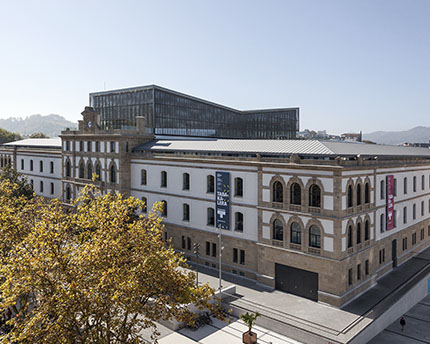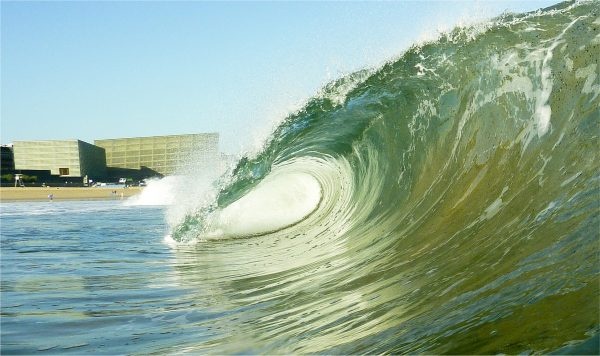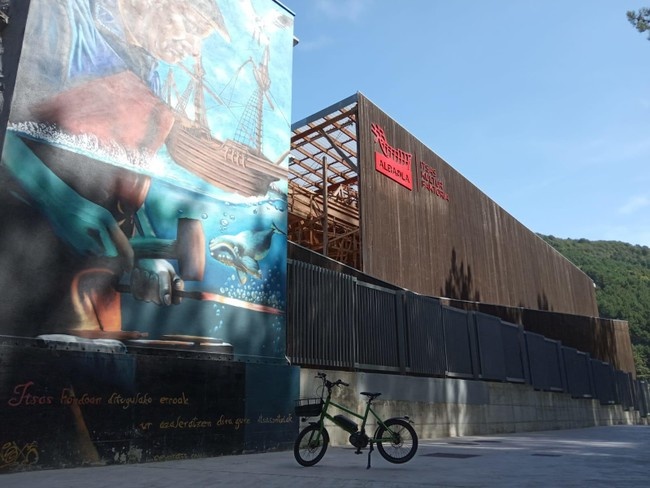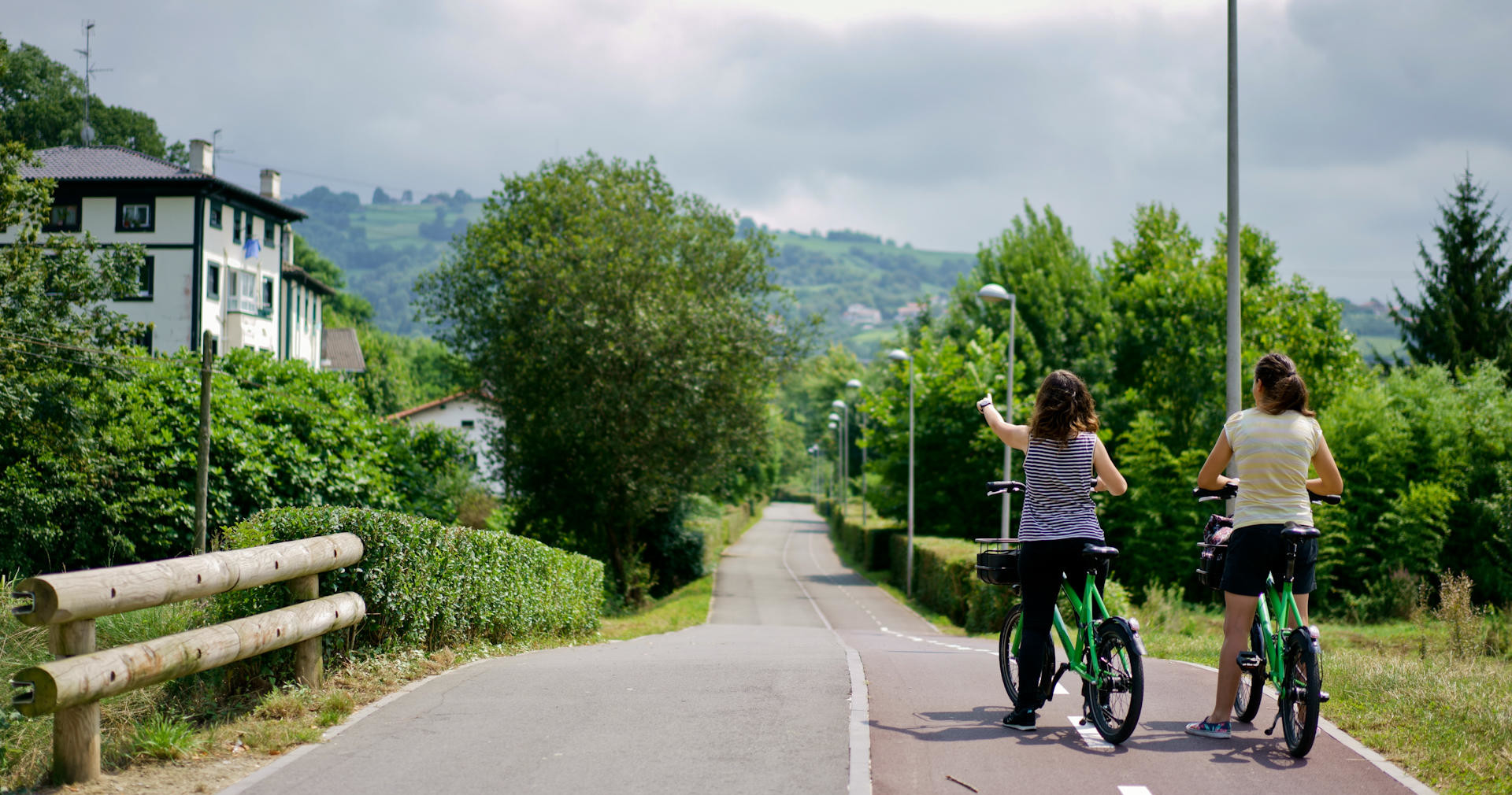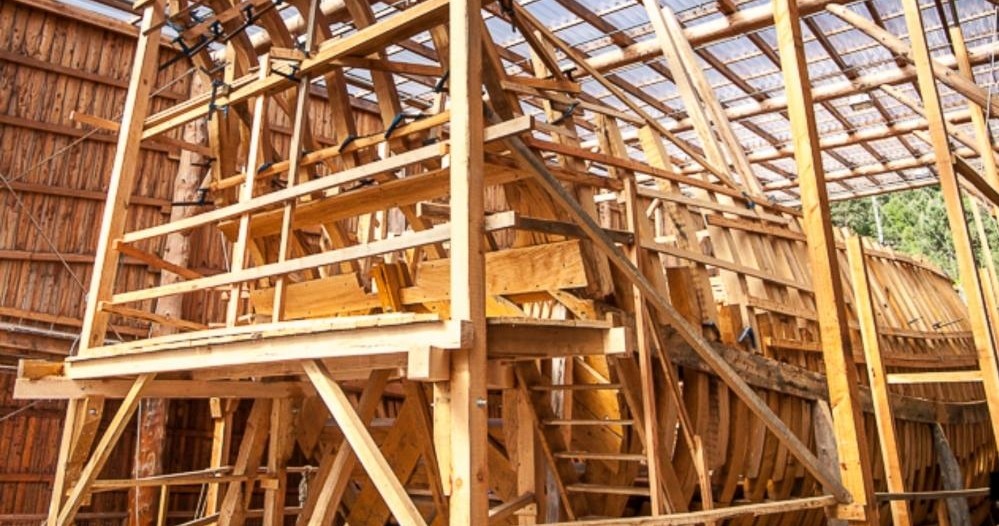The Cristóbal Balenciaga Museum opened on 7 June 2011 in the small fishing village of Getaria and is home to the most important collection of the designer´s work. It showcases hundreds of pieces he designed throughout his prolific career and consolidates his legacy. Born in Getaria in 1895, Cristóbal Balenciaga marked a before and an after in the world of fashion and haute couture. Fashion lovers will revel in the carefully curated exhibitions.
The museum is just a short 25-km drive from San Sebastián and houses a notably thorough selection, including extremely rare pieces from his pre-Paris years. The permanent collection showcases a rotating selection of garments, including wedding, eveningwear, cocktail and day dresses. Visitors can also explore temporary exhibits, and participate in educational workshops and activities relating to fashion and culture. Be sure to watch the film recapping the life and professional trajectory of the master of couture – it provides a wonderful recap of key milestones.
The collections
The collections are made up of hundreds garments and accessories. The first exhibit ‘Balenciaga Attire (1912-1971)’ features clothing designed at his ateliers in Paris, San Sebastián, Madrid and Barcelona. The next exhibit ‘Balenciaga Accessories (1940-1968)’ showcases a variety of accessories, ranging from scarves, gloves, jewellery and headdresses sold under the Balenciaga brand name and were meant to complete the look proposed by Balenciaga. However, it should be noted that only the headdresses were produced at the atelier.
The second part of the permanent collection ‘Documentation and Personal Objects of Cristóbal Balenciaga (1899-1972)’ offers an intimate glimpse at the life of the couturier though a selection of photographs, letters and personal objects. There is also an exhibit dubbed ‘Working Documents from the Eisa and Balenciaga Maisons’ which is a collection of invoices, invitations, sales records, Balenciaga patterns and tools of the trade, among other curios.
Visitors will also be treated to a wonderful exhibit composed of historical fashion magazines from the private collections of Hubert de Givenchy and Pedro Esteban; and physical replicas and audiovisual materials used by the museum’s research team to study and document the work and life of Balenciaga.
The research team
The museum put in place a research team in 2014 to lead the project ‘The Hands that Sew’. The aim of the project is to compile testimonials from individuals who worked for Balenciaga and document the techniques employed in the atelier in order to preserve his legacy for future generations. It is also a unique opportunity to learn more about the master of couture through the people who worked closest to him.
The museum also offers a programme of uniquely curated activities and experiences so visitors can discover the treasures of the coastal town of Getaria. For example, the experience Getaria, Shapes and Flavours includes a guided visit of the museum, a tour of the food preserves maker Maisor, a tour of the Gaintza winery and a tasting session of local products. The experience lasts approximately 3.5 hours and can be booked on Saturdays from April to December. Reservations require a minimum of 6 people.
A biographical portrait
Cristóbal Balenciaga famously decreed that ‘A couturier must be an architect, a sculptor for shape, a painter for colour, a musician for harmony, and a philosopher for temperance.’ This perfectly captures his philosophy and how he viewed the role of a couturier.
The man behind the legacy was born into a working-class family in the small fishing town of Getaria. His father was a fishermen and his mother was a seamstress for the Marquis and Marchioness of Casa Torres. He learnt his earliest lessons in tailoring from his mother and his talent earned him patronage from the marchioness. He had even predicted that he would one day make her a dress. And that he did. It was not one, however, but several when she became his first client.
From his homeland to Paris
A certain air of elegance reigned in San Sebastián in the early 1900s thanks to the aristocrats that flocked to the coastal city during the summer months. His patronage with the marchioness gave him the opportunity to become a tailor’s apprentice in ateliers with connections with Paris. When he was 22 years old, he opened his first atelier as a couturier on Calle Vergara. Two years later, he had 71 people in his employment.
However, Balenciaga was forced to leave San Sebastian following the Spanish Civil War. He moved to Paris and began designing haute couture collections for the social elite. His Paris years marked the pinnacle of his career but the arrival of prêt-à-porter pushed out haute couture in the late 1960s. He closed his fashion house in 1969, sending some of his most devout clients into a state of mourning. His legacy would shape 20th century fashion
Revered by Dior, Givenchy and Chanel
Balenciaga was referred to as the ‘the master of us all’ by Christian Dior, ‘the architect of haute couture’ by Hubert de Givenchy, and ‘the only couturier in the truest sense of the word’ by Coco Chanel. Constantly innovating, his ground-breaking silhouettes include the semi-fitted look, the balloon skirts, the baby-doll dress, the tunic and the sack-dress.
Cristóbal Balenciaga was an artist, an architect, a musician, an sculptor, a painter and philosopher – a master couturier worth discovering during a getaway to Gipuzkoa.






























































